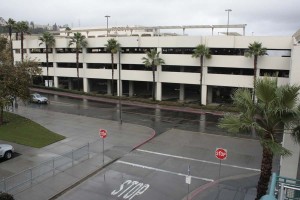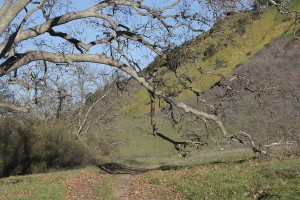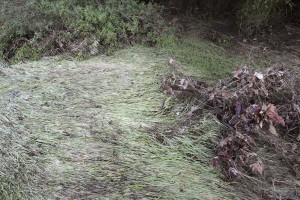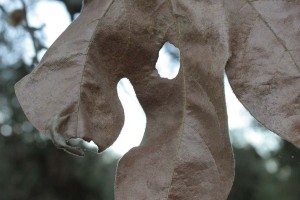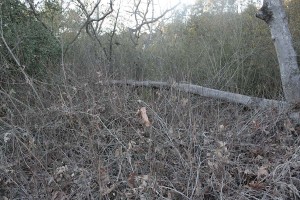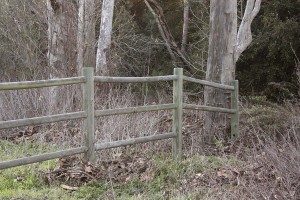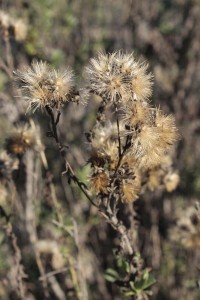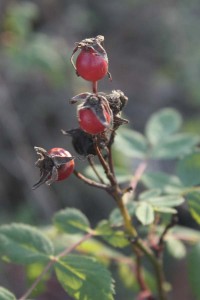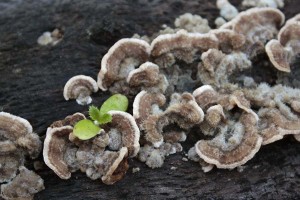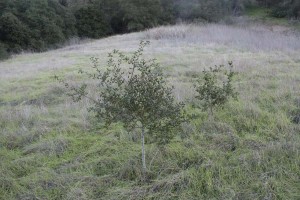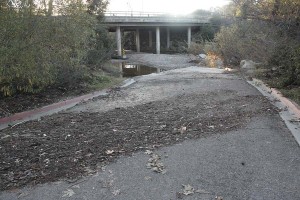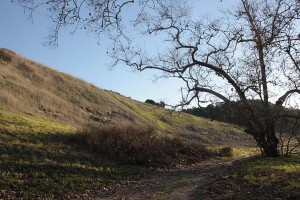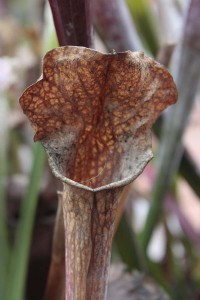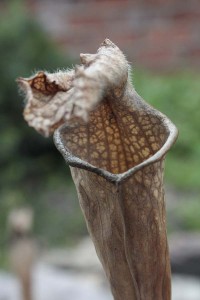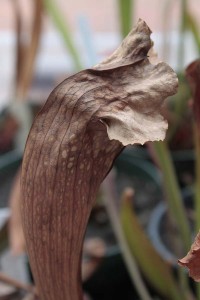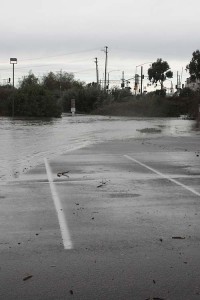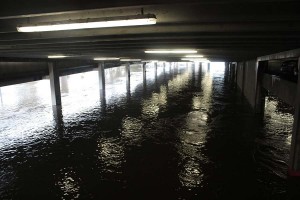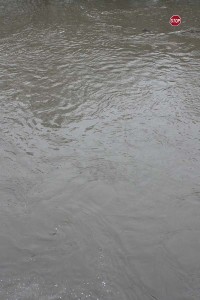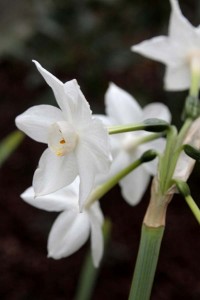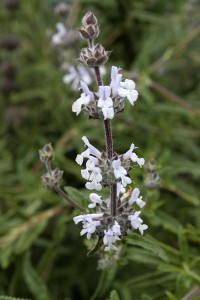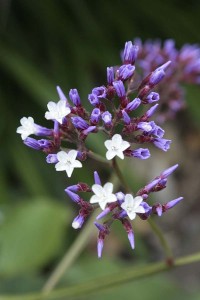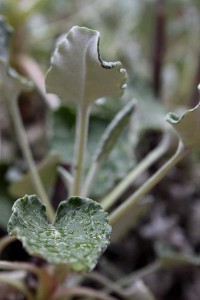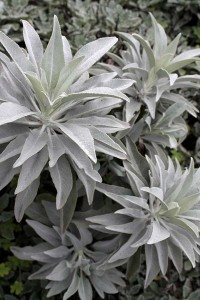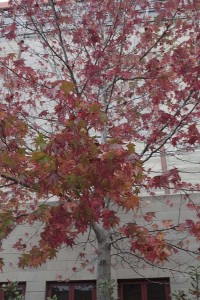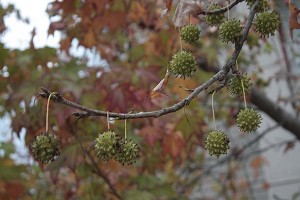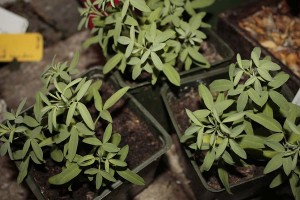If there’s a story of the year for the garden, one of the competitors would definitely be the December rains. The prognosticators were promising us a La Niña winter, cool and very dry. Instead we got one of the rainiest Decembers on record.
I’ve been playing with video lately, and here are some snapshots of the garden as it looked on December 22, partway through some of the torrents.
I was a wimp. All the shots are through windows, so you can only see part of the garden. But I think you get the idea.
The video quality is definitely lo-def, as the capture was done with an old point-and-shoot that had some lo-res video capabilities. But like I said, I think you get the idea…
And for you concerned capitalists out there who might have been worried about the status of one of our local shopping palaces after I posted some photos of part of it underwater, here are some befores and afters of the Fashion Valley Shopping Center. The befores are from the same day as the garden photos above. The afters are from December 29.





Not everything was back to normal. Parts of the garage are still under a few inches of water and cordoned off.
And there’s a limited amount of damage where the water undermined the road under the elevated trolley tracks.
But overall things looked pretty good, and shoppers were back to returning their ugly sweaters for something more desirable.
The forecast is for more rain the night of New Year’s Day. Will La Niña Loca continue on into the next year?

